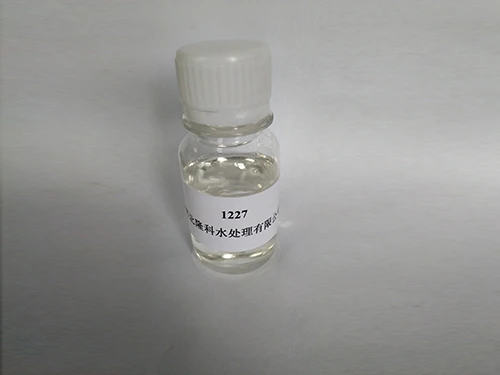coagulation and flocculation
Coagulation and Flocculation Essential Processes in Water Treatment
Coagulation and flocculation are fundamental processes in water treatment that help remove suspended solids, colloidal particles, and microorganisms from water. These processes play a crucial role in ensuring the safety and clarity of drinking water, as well as in various industrial applications. Understanding the mechanisms behind coagulation and flocculation is essential for environmental engineers, chemists, and water treatment professionals.
The Process of Coagulation
Coagulation is the initial step in the water treatment process. It involves the addition of coagulants—chemical substances that promote the aggregation of suspended particles. Common coagulants include aluminum sulfate (alum), ferric chloride, and polyaluminum chloride. When these chemicals are introduced into water, they become positively charged and neutralize the negative charges of the colloidal particles suspended in the water.
The electrostatic neutralization reduces the repulsion between these particles, causing them to clump together, or coagulate. The efficiency of coagulation depends on several factors, including the type and dosage of the coagulant used, the pH of the water, temperature, and the nature of the suspended particles.
Flocculation The Second Step
After coagulation, the water undergoes flocculation, which is a gentle mixing process that encourages the formation of larger aggregates called flocs. During this stage, polymers or flocculants may be added to enhance the process. Flocculants are long-chain molecules that help bridge the gaps between particles, creating larger, more stable flocs that can settle quickly.
The flocculation process is carefully controlled to ensure that the mixing is gentle enough to allow the particles to collide and adhere to each other without breaking apart. This is typically achieved through slow agitation of the water. As the flocs grow larger, they become sufficiently heavy to settle at the bottom of the treatment basin.
coagulation and flocculation

Importance in Water Treatment
Coagulation and flocculation are crucial for several reasons. First, they significantly improve water quality by removing turbidity and color, which are critical parameters in drinking water standards. Furthermore, these processes help eliminate pathogens and organic matter, reducing the risk of waterborne diseases.
In addition to drinking water treatment, coagulation and flocculation have applications in wastewater treatment, industrial processes, and even in the food and beverage industry. For example, in the treatment of industrial effluents, these processes help in the removal of toxins and heavy metals, ensuring that discharged water meets environmental regulations.
Challenges and Innovations
Despite their effectiveness, coagulation and flocculation processes can face challenges. For instance, variations in raw water quality can affect the efficiency of coagulation. Moreover, over-reliance on chemical coagulants can lead to the introduction of additional contaminants into the water. Therefore, ongoing research into alternatives such as natural coagulants (e.g., plant extracts) and innovative treatment technologies is essential.
Recent advancements in technology, such as the use of membrane filtration and advanced oxidation processes, complement traditional coagulation and flocculation methods, providing improved treatment efficiencies and reducing chemical usage.
Conclusion
Coagulation and flocculation are critical processes in water treatment that contribute to producing clean and safe water. By understanding and optimizing these processes, water treatment facilities can effectively enhance water quality, protect public health, and meet regulatory standards. As challenges continue to arise in water treatment, innovative solutions will be essential to ensure that these fundamental processes remain effective in meeting the growing demand for clean water in our communities.
-
Water Treatment with Flocculant Water TreatmentNewsJun.12,2025
-
Polymaleic AnhydrideNewsJun.12,2025
-
Polyaspartic AcidNewsJun.12,2025
-
Enhance Industrial Processes with IsothiazolinonesNewsJun.12,2025
-
Enhance Industrial Processes with PBTCA SolutionsNewsJun.12,2025
-
Dodecyldimethylbenzylammonium Chloride SolutionsNewsJun.12,2025





